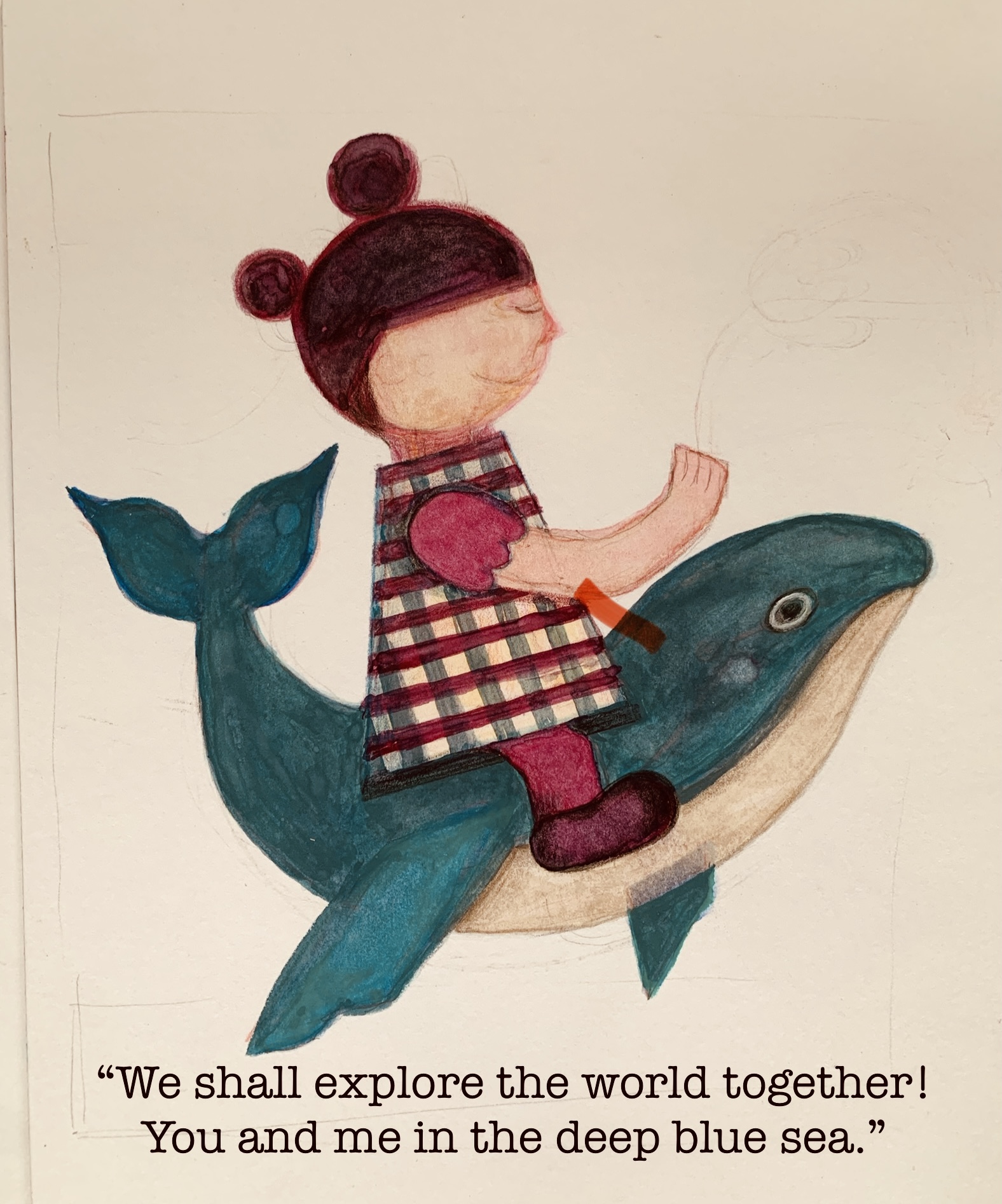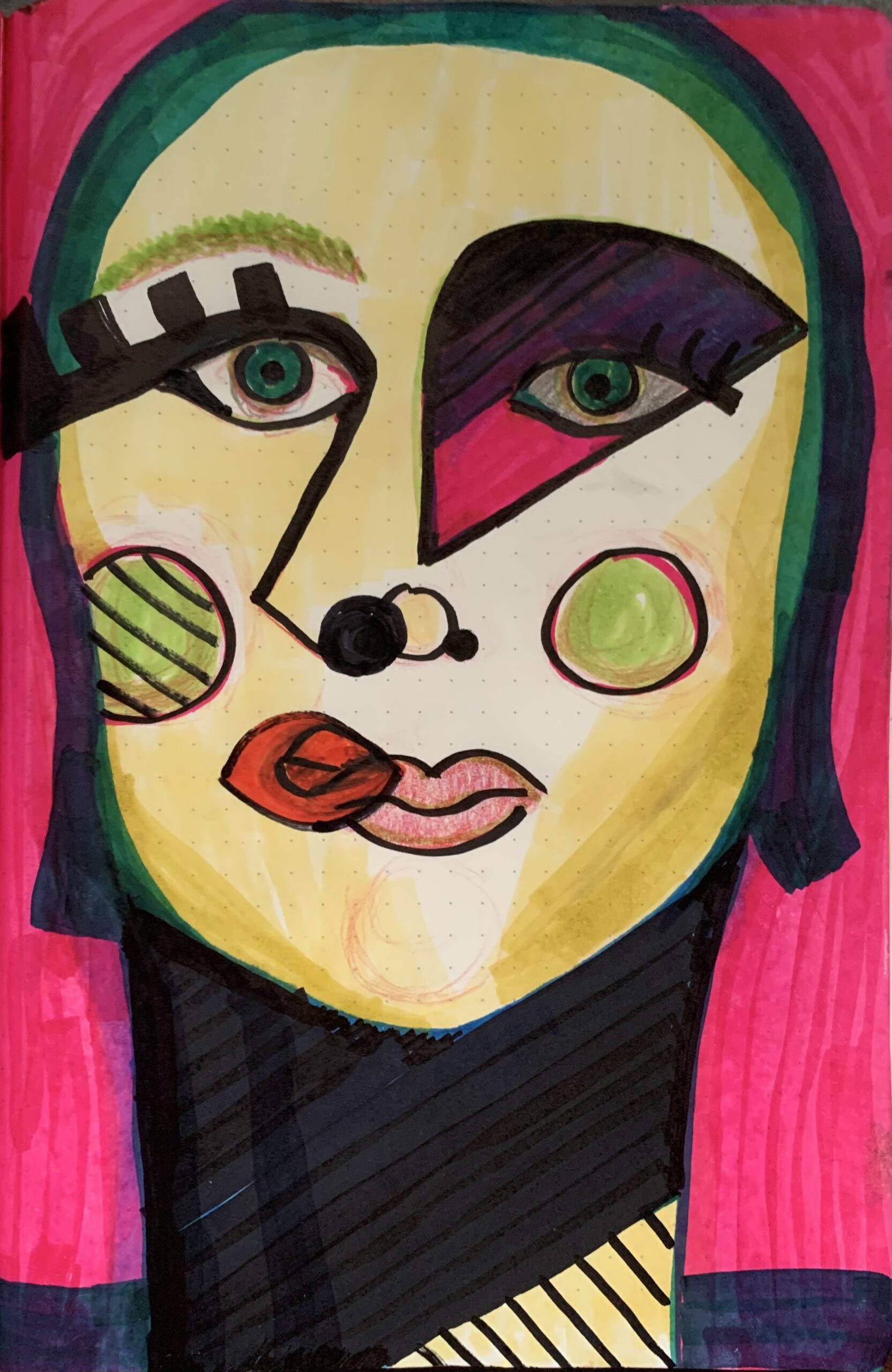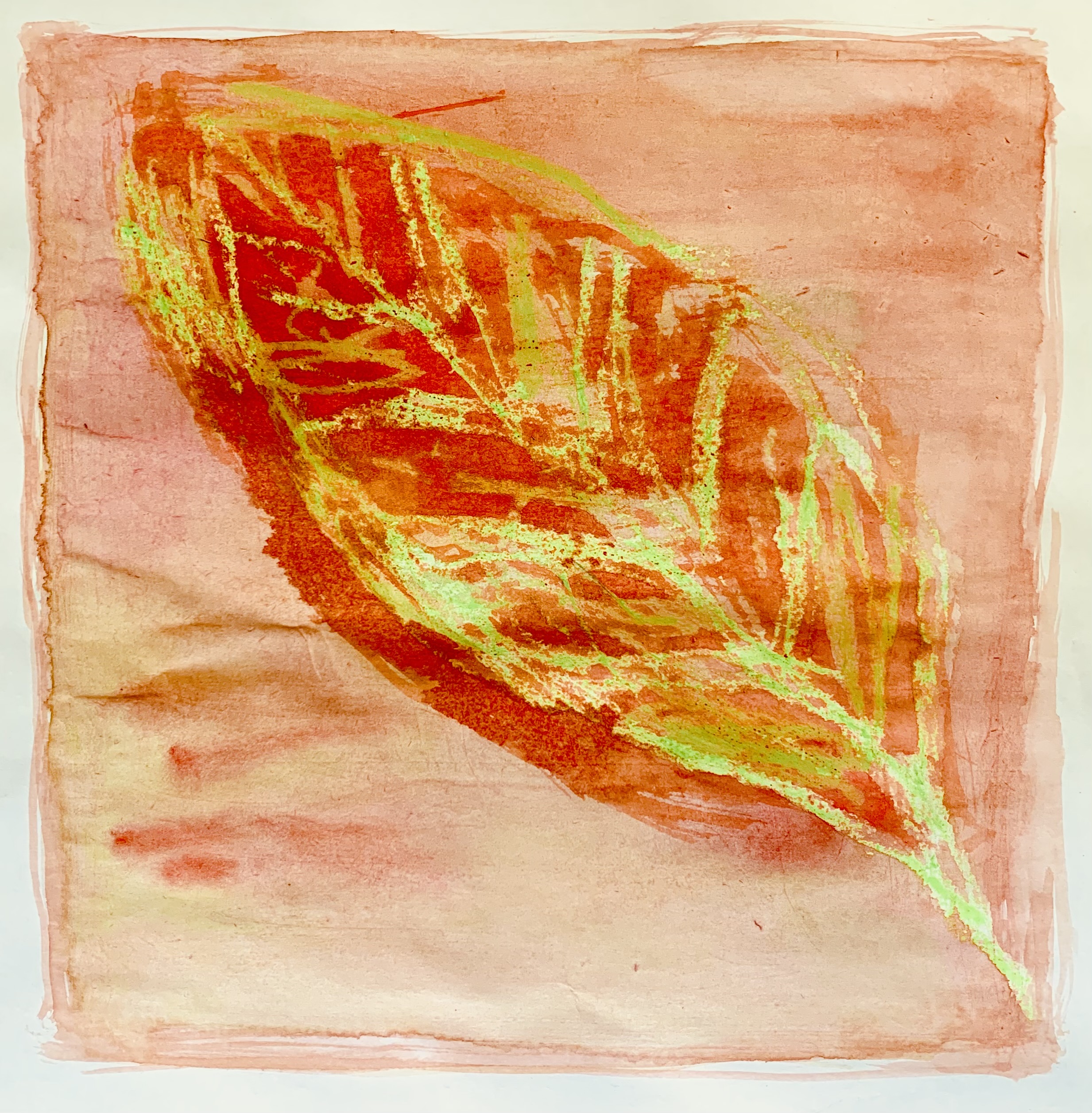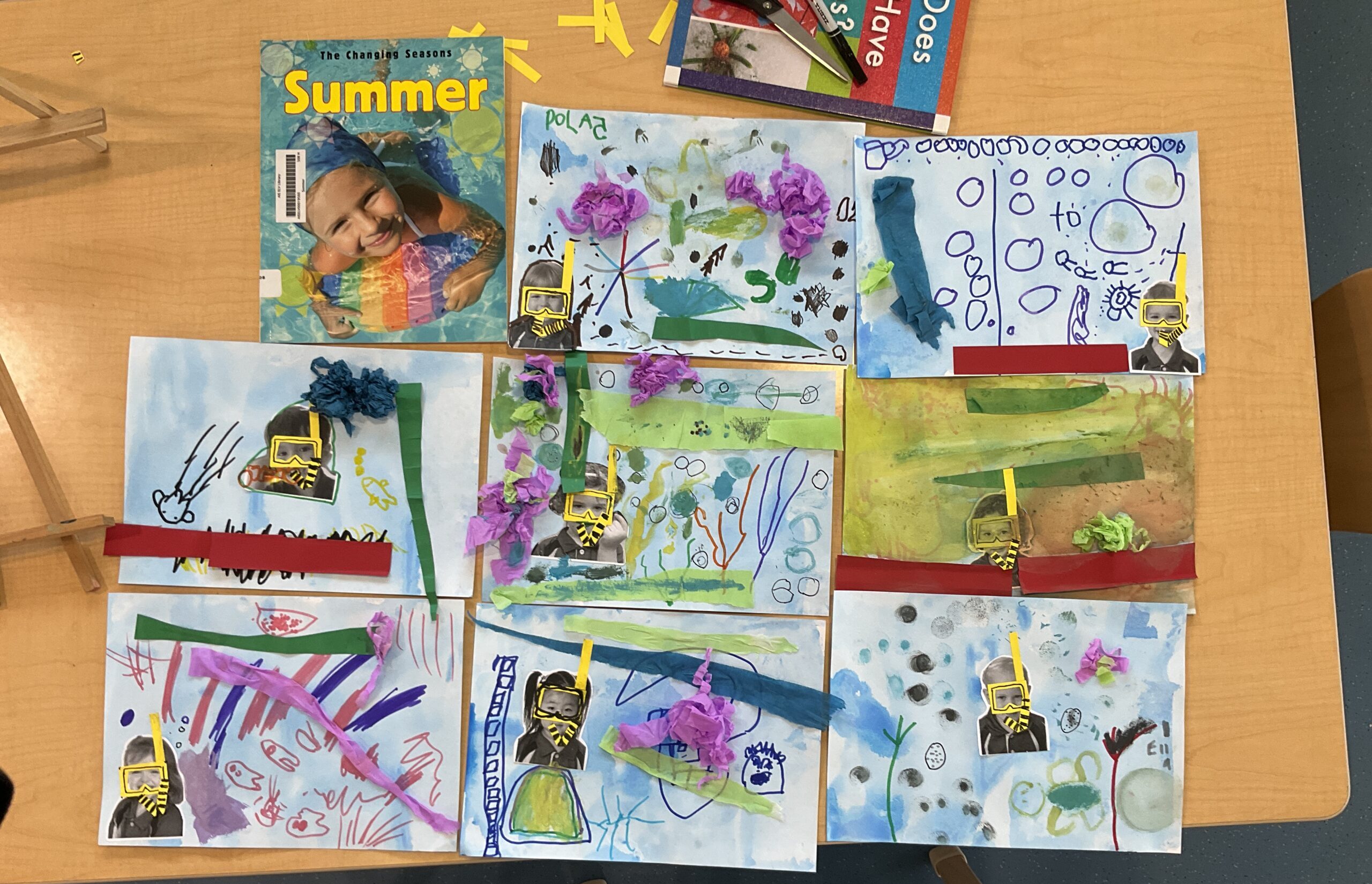Statement of Inquiry:
Children’s book illustrations play a vital role in storytelling by visually communicating emotions, themes, and ideas, enhancing the reader’s understanding and connection to the narrative. Through the exploration of different artistic techniques and styles, students can better grasp how illustrations shape the reading experience for young audiences.
Related Concept:
Visual Literacy: The ability to interpret and create meaning through images is essential in children’s book illustration. Illustrators must not only tell a story through words but also convey the emotional tone, character development, and thematic elements visually.
Global Context:
Identities and Relationships: Children’s books and their illustrations often reflect the identities, values, and experiences of different cultures. By exploring diverse illustration styles and cultural representations, students can better understand how visuals communicate universal and particular themes of human experience.
Activity:
Creating a Character and Scene for a Children’s Book:
- Introduction (15 minutes): Begin by discussing the importance of illustration in children’s literature, focusing on how a single image can communicate emotions, action, and setting without words. Show examples of famous children’s books with strong illustrations (e.g., Where the Wild Things Are by Maurice Sendak, The Very Hungry Caterpillar by Eric Carle).
- Character Design (30 minutes): Ask students to create a character for a children’s book. Encourage them to think about:
- What emotions or traits do they want the character to express?
- What style will best convey this (e.g., simple, cartoonish, detailed, abstract)? Have students sketch their characters, focusing on facial expressions, posture, and props.
- Scene Illustration (45 minutes): Next, ask students to illustrate a scene from the story where their character interacts with the environment. They can use watercolor, colored pencils, or markers to create their scene, emphasizing the use of color, texture, and composition to set the mood and reflect the narrative.
- Write Sentences (5 minutes): Ask students to write one or two short sentences describing the character and scene they have created. They can write on a separate sheet of paper or on the bottom of the illustration to create the look of a page out of a storybook.
- Discussion (15 minutes): After the activity, students will share their work and explain the choices they made in terms of character design and scene creation. Discuss how their illustrations support the story they have in mind.
Language Arts Connection
Students practice using language to express their ideas through discussion of the character and scene they have created. Using their ideas and helping them form one or two sentences describing their illustrations give students a taste of authorship.
Inspiration:
- Famous Illustrators:
- Maurice Sendak – Known for Where the Wild Things Are, his use of both detailed and imaginative drawings sparked emotional depth and complex themes in children’s books.
- Eric Carle – Famous for The Very Hungry Caterpillar, Carle’s distinctive collage technique uses vibrant colors and shapes to tell simple yet profound stories.
- Quentin Blake – Known for illustrating Roald Dahl’s books, Blake’s energetic line drawings and dynamic compositions bring stories like Matilda and The BFG to life.
- Beatrix Potter – Best known for her Peter Rabbit series, Potter’s delicate watercolors are iconic for their naturalism and charm.
- Award-Winning Books:
- The Snowy Day by Ezra Jack Keats – This Caldecott Medal-winning book has simple yet evocative illustrations that capture the magic of a child’s experience in the snow.
- Last Stop on Market Street by Christian Robinson – A Caldecott Honor book, this title stands out for its bold, flat illustrations that depict urban life with sensitivity and warmth.
- Journey by Aaron Becker – A wordless picture book that uses stunning, cinematic illustrations to create an epic adventure, perfect for exploring visual storytelling.
- Brands/Illustration in Commercial Design:
- Sesame Street – A brand known for its use of friendly, bright, and expressive characters, Sesame Street’s illustrations have been pivotal in shaping children’s television and educational media.
- Disney – Famous for its animated films and storybooks, Disney illustrations are central to creating memorable characters like Mickey Mouse and Elsa.
- Moleskine – While not directly related to children’s books, Moleskine often features artistic journals and planners that can inspire young illustrators through their clean, minimalistic aesthetic.
By the end of the lesson, students should have a stronger understanding of how illustrations serve as a powerful tool in storytelling for children, both in literary works and visual media.






















